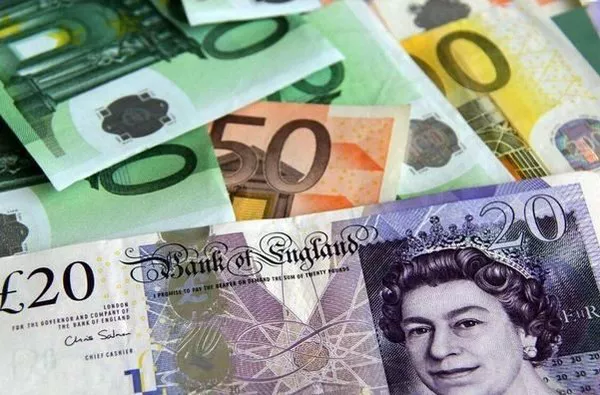In Asia on Wednesday, GBP/USD continued its downward trend since September 20, trading below 1.2150. Better U.S. economic data weighed on GBP/USD.
The Conference Board’s consumer confidence index released on Tuesday recorded 103.0 in September, compared with the previous value of 108.7. Building permits in August rose to 1.541 million from the previous value of 1.443 million.
Additionally, the house price index (monthly rate) climbed to 0.8% in July from 0.4% previously, versus market expectations of 0.5%.
In addition, the Federal Reserve (FED) maintained a hawkish stance on the interest rate trajectory and continued to push up U.S. bond yields, thus boosting the dollar. The 10-year U.S. Treasury yield has retreated from its highest level since October 2007, hovering around 4.51% at press time.
Additionally, traders are awaiting a report on U.S. durable goods orders due on Wednesday. The core personal consumption expenditures (PCE) price index, the Fed’s preferred measure of consumer inflation, will be released on Friday. The PCE price index is expected to fall to an annual rate of 3.9% from 4.2%.
As of press time, the U.S. dollar index (DXY) was trading near 106.30, the highest level since December last year.
On Tuesday, Minnesota Fed President Neel Kashkari said it was necessary to raise interest rates again and then to keep them at that level. Kashkari also said it was possible to achieve a soft landing, meaning a gradual slowdown in the economy without causing a recession.
Recently, many Federal Reserve officials have expressed different views on monetary policy. Some advocate for patience, while others, like Fed Governor Bowman, stress the need for another rate hike.
Judging from the latest “dot plot” in the September Summary of Economic Projections (SEP), the Fed appears to expect a 25 basis point rate hike by the end of the year. In addition, the Federal Reserve is expected to keep interest rates above the 5% mark over the next year.
In the UK, traders relied heavily on the Bank of England’s latest decision, which was viewed as dovish by the market in the absence of economic data. This view was influenced by inflation reports that showed cooling inflationary pressures.
However, the latest economic data in the UK, especially weak retail sales and purchasing managers’ indexes, have once again raised concerns about the prospect of a potential recession. The focus will be on Friday’s UK GDP data, which is expected to be in line with expectations.


